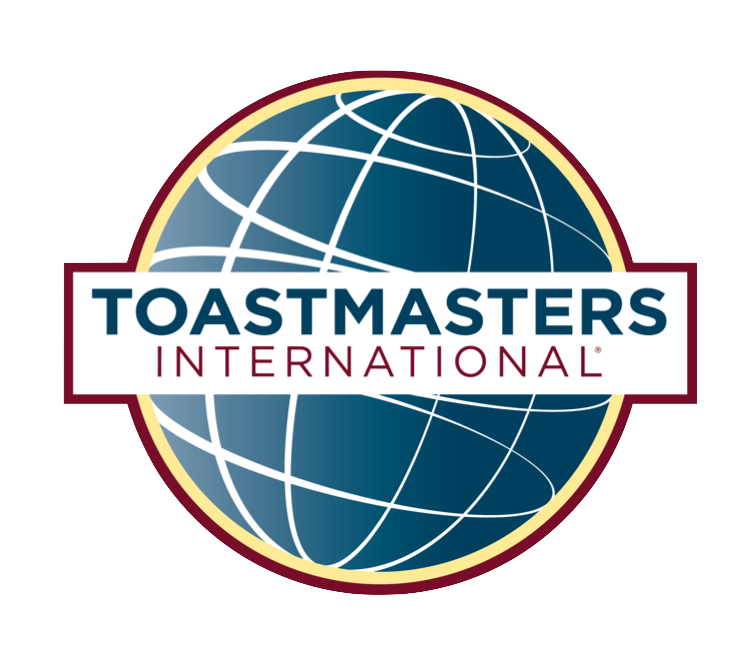
Creating an Introduction
Adapted from TMI’s Better Speaker Series by Marilyn Latchford, DTM
Introductions create a friendly environment for the speaker and a sense of anticipation for the audience. Its primary purpose is to lead the listener into the speaker’s presentation. Keep introductions short (30 to 40 seconds for most Toastmaster manual speeches and up to 2 minutes for longer speeches) and devoid of flowery prose.
Introductions Enhance Speeches
A well crafted introduction can enhance a speech by:
-
Making a transition - an introduction prepares the audience to “shift gears” from previous activities by refocusing their interest (e.g. moving from Table Topics to prepared speeches)
-
Establishing a proper mind set - audiences will better appreciate a speech if given background information about the speaker and the topic to be discussed
-
Giving the speaker authority - a good introduction helps establish the speaker’s expertise or background in the subject. Contest introduction only includes the speaker’s name and title of speech to provide a neutral situation for contest judges.
Primary Consideration
When presenting an introduction, your primary consideration is to inform the audience of 3 essential points:
- Speaker’s Name – always say the speaker’s name distinctly and clearly. If the name has a tricky pronunciation, confirm the correct way and write it out phonetically.
- The Topic – relate speaker’s background and credentials to the speech topic and tell audience how the topic will benefit them.
- Title of Speech – typically mentioned at the end of the introduction. Like the speaker's name, it needs special emphasis.
Additional Info for Manual Speech Introductions
If the speech is from a TM manual, always include:
- Manual speech number and title
- Speech objectives – manual and personal
- Delivery time – timing parameters for the timer
Definite Don’ts
- Don’t upstage the speaker – attention is solely on the speaker - eliminate any anecdotes about your own experience, attitudes or opinions
- Don’t steal the speaker’s thunder – should invite anticipation of upcoming speech rather than reveal any of its details. The contents of the speech should never be ‘previewed’ in an introduction.
- Don’t surprise the speaker – never include information that might embarrass or distract from the speaker’s message. Always ask the speaker what should be included in the introduction and make an effort to use the speaker’s own words and ideas.
- Don’t praise the speaker’s skills – lavish compliments can lead to unreasonable expectations. Let the audience be the judge.
- Don’t rely on clichés – Your introduction time is too valuable to clutter it with worn out expressions such as "This speaker needs no introduction", "We have with us tonight", "Without further ado", "It gives me great pleasure to present", etc.
- Don’t save the speaker’s name until last – false anticipation is created by withholding the speaker’s name until the end of your introduction. Since audiences are usually aware of who will be speaking, incorporating the person’s name once or twice before pronouncing it a final time is more natural.
Lectern Etiquette
- Don’t turn away from your audience to speak directly to the speaker. Primary eye contact should be with the audience until the speaker’s name is mentioned a final time. When the time comes, turn to the speaker and lead the applause.
- Once the speaker reaches the lectern, shake the person’s hand and leave the lectern. Be careful not to cross in front of or behind the speaker. Return to your seat by moving in a direction away from the speaker.
- Audience members take their cues from those who have demonstrated authority at the lectern. If you remain in view of the audience after the introduction, continue to show interest and involvement throughout the speech presentation.
Sum Up
When the speech is over and the control of the lectern is returned to you, add about 30 seconds worth of summary comments including brief references to the speech’s ideas and how they have entertained, helped or enlightened the audience as well as thanks and appreciation. Although creating and developing an introduction can be challenging at times, once you have mastered the art of introduction, you will earn the gratitude of both your speaker and the audience.